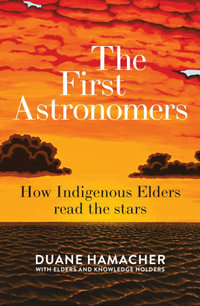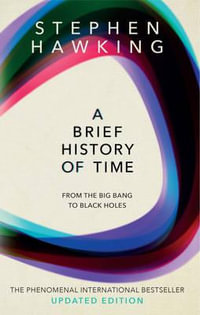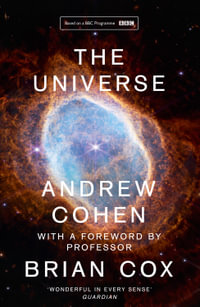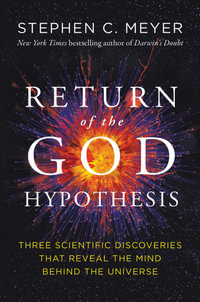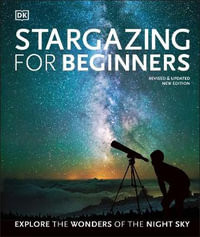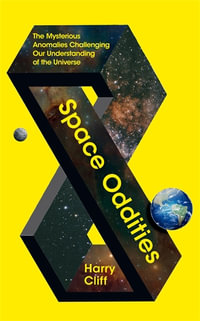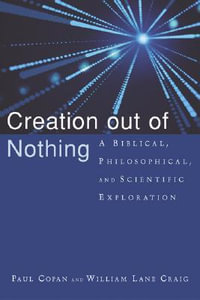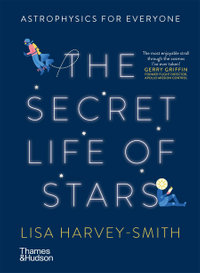This book describes the rich and diverse realm of accreting binary systems, made up of a compact object such as a white dwarf, neutron star or black hole, orbiting a companion star. It details the nature, formation and evolution of accreting binaries, describing how extensive observations, accompanied by simulations, allow astronomers to better understand the energetic phenomena occurring in these intriguing systems. The book also describes how multimessenger astronomy is currently revolutionizing our view of these systems, adding gravitational waves, neutrinos and cosmic rays to the photon light we receive from them.
Aimed at graduate students and researchers, this book provides an introduction to the topic, first describing the astrophysical basics of both single and binary stars, before moving on to detail the different types of accreting binary systems such as cataclysmic variables (CVs), low-and high-mass X-ray binaries (LMXBs/HMXBs), and peculiar binaries such as intermediate-mass X-ray binaries (IMXBs) and ultraluminous X-ray sources (ULXs), finishing up with a panorama of multi-messenger research.
Key Features:
- Provides an introduction to accreting binary systems for both researchers and advanced students
- Includes up-to-date multimessenger observations and simulations
- Covers different types of accreting binaries such as cataclysmic variables (CVs), low-and high-mass X-ray binaries (LMXBs/HMXBs), and peculiar binaries such as intermediate-mass X-ray binaries (IMXBs) and ultraluminous X-ray sources (ULXs)
- Describes the best way to observe accreting binaries with the multimessenger tools currently available
Industry Reviews
Professor Sylvain Chaty of the Universit© Paris Cit© presents here the fruits of 29 years of attraction to accreting binaries, though the book is dedicated to all the stars in the Universe, even the single ones. It is a volume of the future, with each of the nine chapters nearly self-contained and ending with its own lists of review articles, catalogues of objects belonging to the category discussed in the chapter, the explanation of a data base (generally a table in the chapter of all the objects of that class known at the time he was writing), and the references for that chapter. The chosen format works well for readers who are interested only in the sub-topic of the chapter and want to find the source for a particular bit of information or, perhaps, additional information on a particular item.
Virginia Trimble, The Observatory, June 2023





